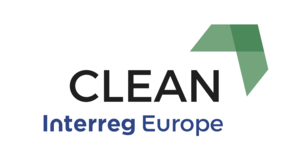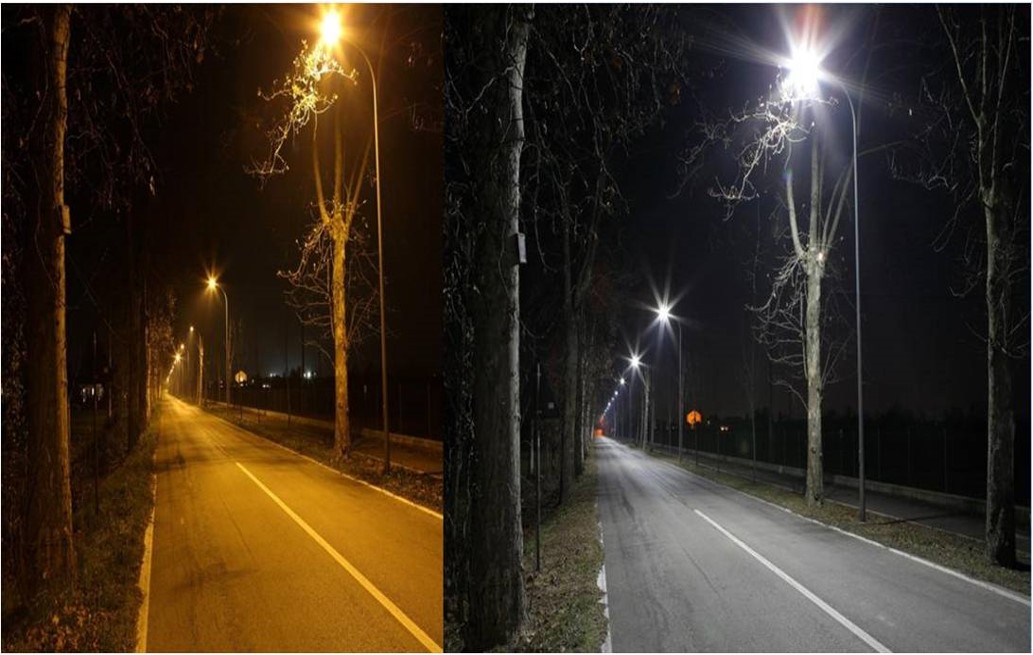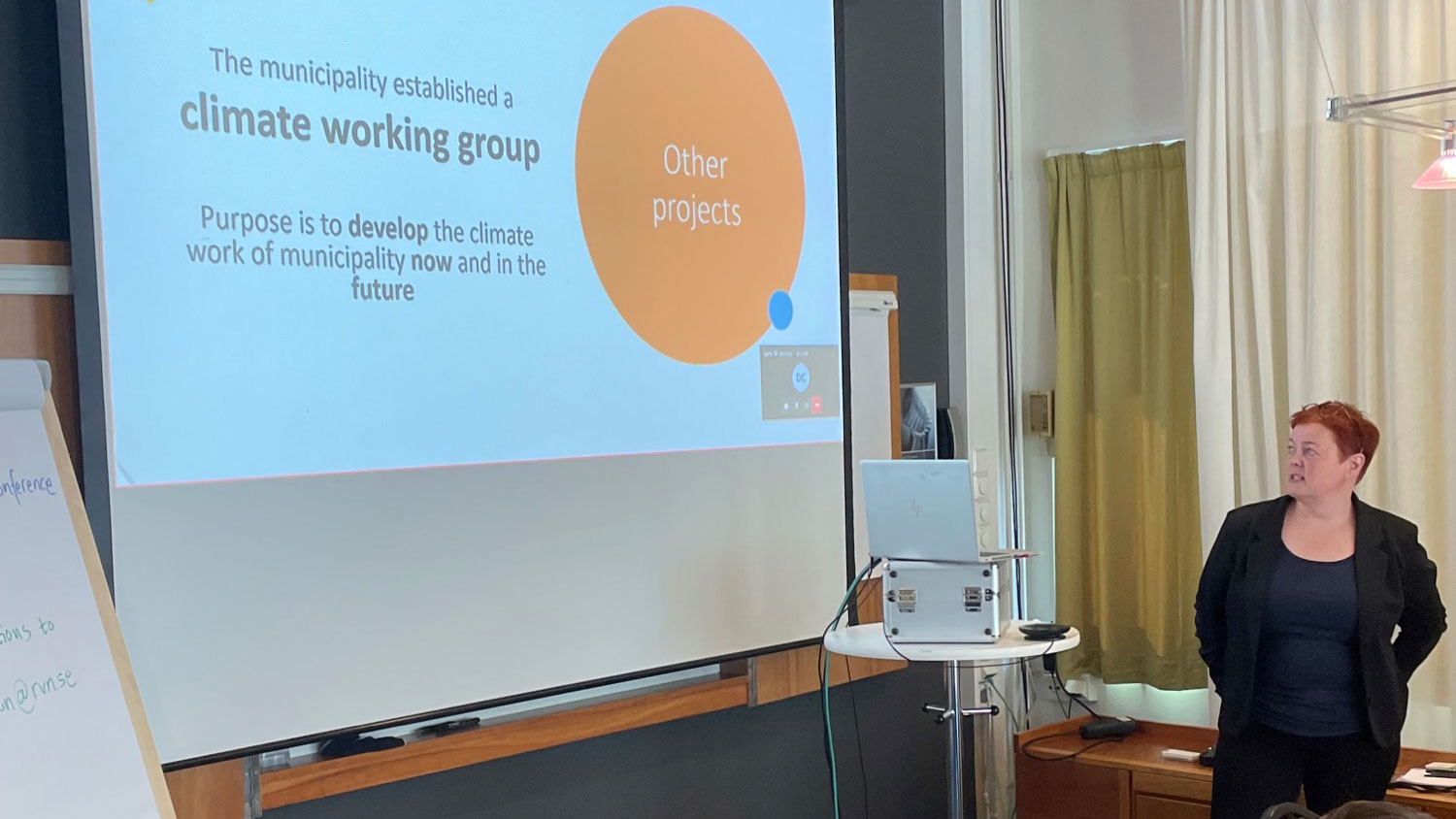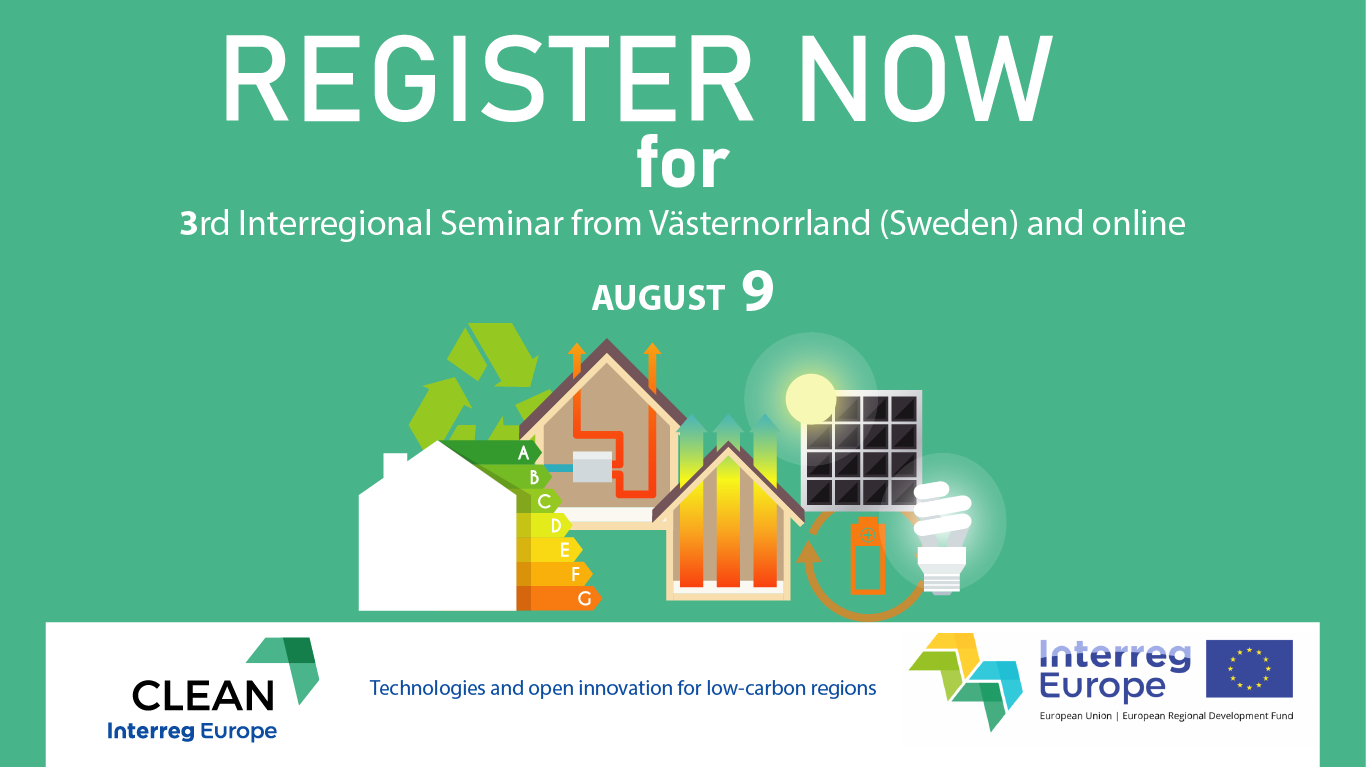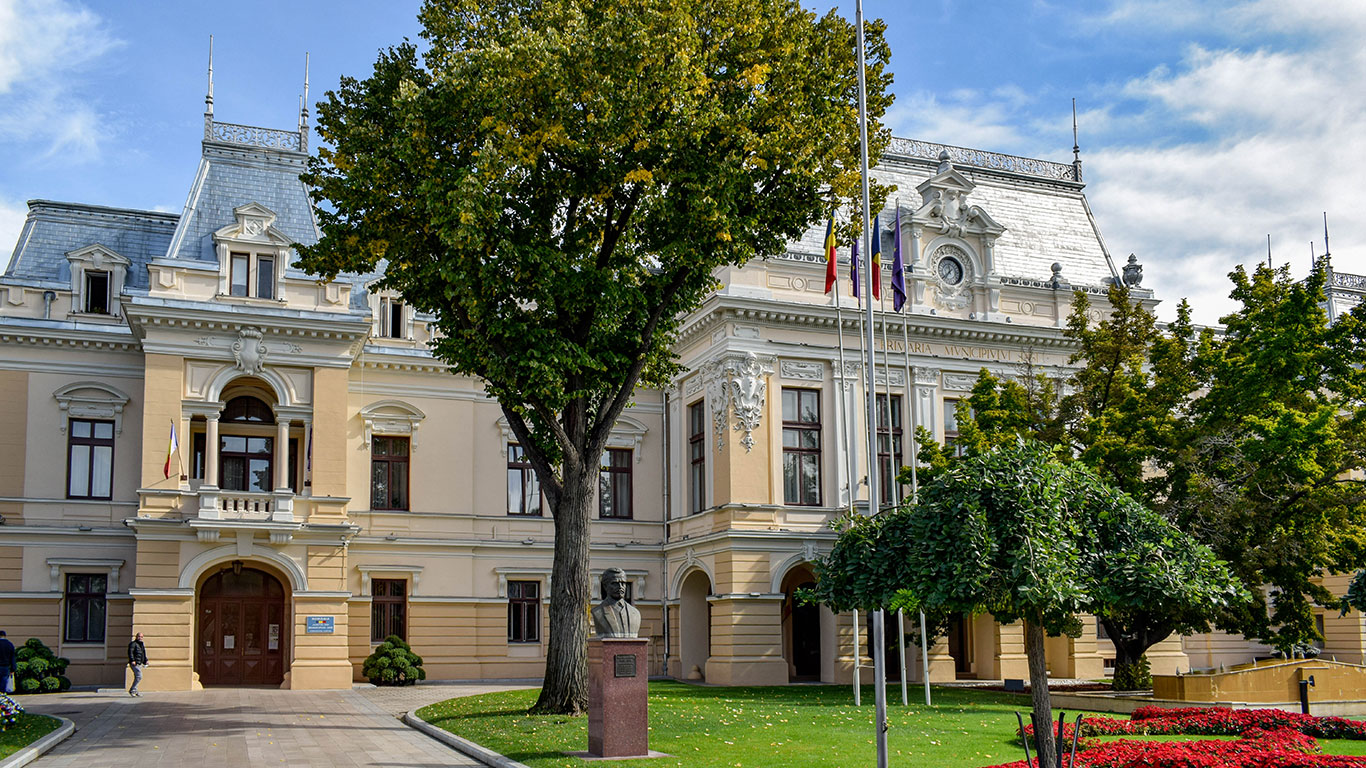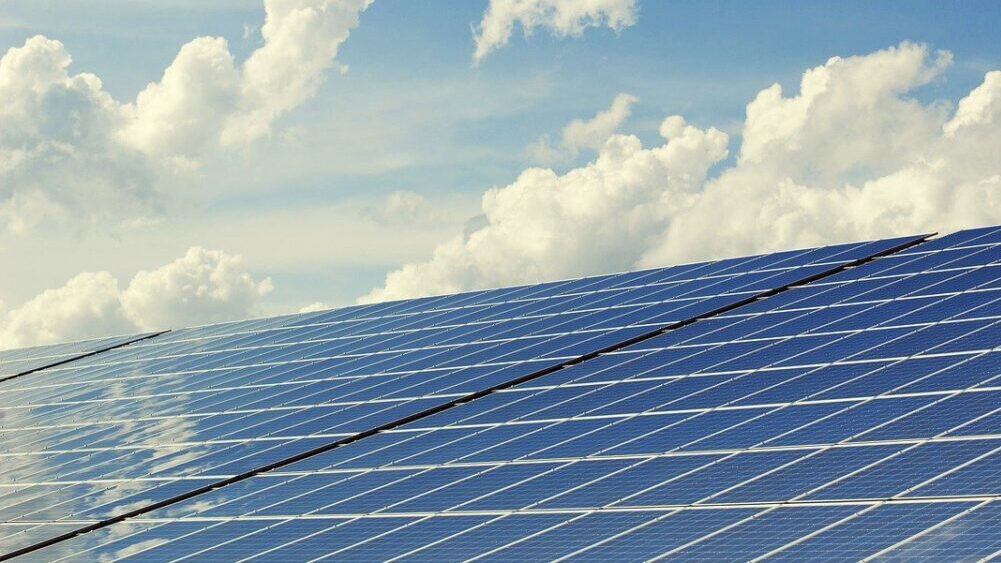Our project partner SCIC Les 7 Vents, supported by the Normandy Region (France), has organised a staff exchange to Caen to explore good energy Norman practices on the 28th and 29th of November 2018.
Project partners Fomento San Sebastian (Basque Country, Spain), Iasi Municipality (Romania), Region of Crete (Greece) and Development Agency of Savinjska Region (Slovenia), alongside many local stakeholders, have attended the CLEAN event.
For the last two years, project partners have been involved in the promotion of 30 good practices in Europe, including 5 in Normandy. During 2018, the partnership has organised 6 staff exchanges and the last one has taken place in Caen.
In this final one, the purpose has been to provide key messages and lessons learned about the 5 practices selected in Normandy, to share views and imagine potential adaptations in other regions: Strategy Normandy region: a chain of confidence - Renovation of single-detached homes over 15 years; IDEE ACTION – ERDF for social housing; 'Positive energy families' challenge; Serious game "renovation challenge" and Enerterre – fight against energy poverty through participatory integration workshops.
Read more about our previous CLEAN staff exchanges in:
- North Karelia (Finland)
- San Sebastian (Basque Country, Spain)
- Campania (Italy)
- Crete (Greece)
- Västernorrland (Sweden)
